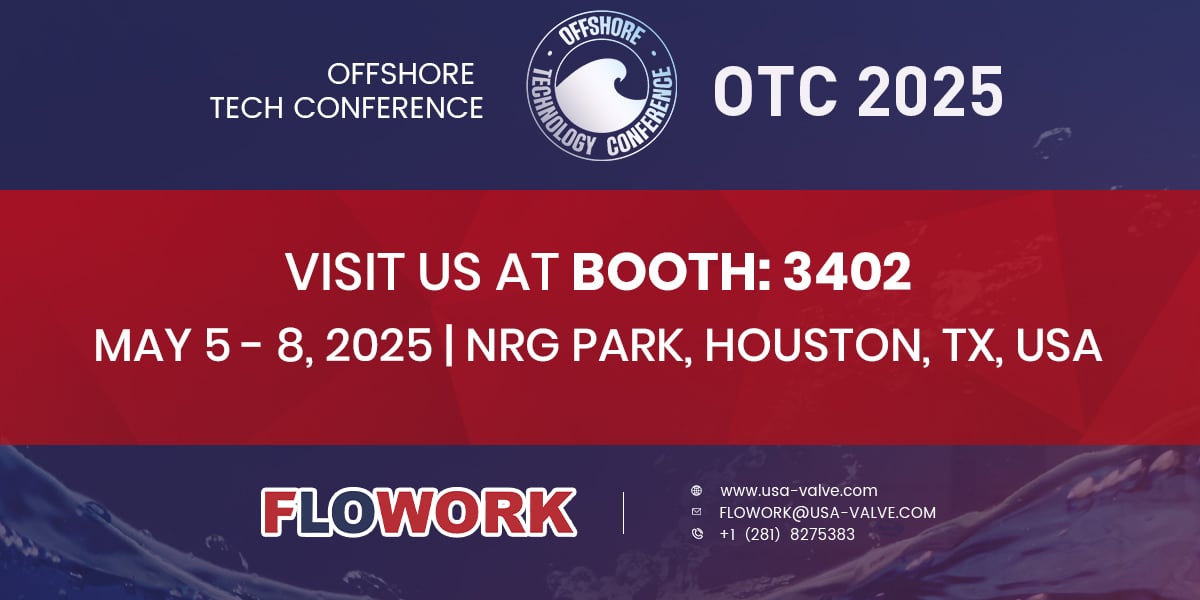What is low emission gate valves?
Low-emission gate valves are the green choice for future fluid control. I will discuss in depth the concepts, characteristics, applications and development trends of low-emission gate valves with you, and provide you with valuable reference. I will combine practical cases to elaborate on the principle, structure and design points of low-emission gate valves, and emphasize its importance in environmental protection and sustainable development.
1. The call for green fluid control
As global climate change and environmental problems become increasingly severe, energy conservation and emission reduction have become a common focus for all walks of life. In the field of fluid control, gate valves are a key equipment, and their emission performance has an important impact on environmental protection. Therefore, understanding and researching low-emission gate valve technology and development trends are of great significance for promoting green fluid control, forged ball valve.

2. Concept analysis of low emission gate valve
Definition and characteristics: Low-emission gate valve refers to reducing the emissions generated during the opening and closing process of the valve by optimizing factors such as structure, material and design on the premise of ensuring the normal operation of the valve. Its main features include good sealing performance, low fluid resistance, long life and easy maintenance.
Working principle: The working principle of low-emission gate valve is similar to that of ordinary gate valve. The opening and closing of the gate plate is used to control the on-off of the fluid. However, in terms of structural design and material selection, low-emission gate valves pay more attention to the improvement of emission reduction performance. For example, special sealing materials and structures are used to reduce leakage and emissions; fluid channels are optimized to reduce fluid resistance; high-strength, corrosion-resistant materials are selected to increase the service life and reliability of the valve, low temperature ball valves.

3. Structure and design points of low-emission gate valves
Sealing structure design: The sealing structure is a key part of the low-emission gate valve, and its performance directly affects the valve's emission reduction effect. Common sealing structures include soft seals and hard seals. Soft seals usually use elastic materials such as rubber and polytetrafluoroethylene, which have good sealing performance and corrosion resistance; hard seals use metal-to-metal sealing methods, which have high sealing reliability and service life. In low-emission gate valves, composite sealing structures are usually used, combining soft seals and hard seals to achieve better emission reduction effects.
Fluid channel design: The fluid channel is the path for fluid flow in the gate valve. Whether its design is reasonable or not directly affects the fluid resistance and discharge performance. In low-emission gate valves, a streamlined design is usually adopted to optimize the cross-sectional shape and size of the fluid channel to reduce fluid resistance and turbulence noise. In addition, the performance of the fluid channel can be further improved by adding guide vanes and setting up buffer chambers, duplex stainless steel ball valve.
Material selection and coating technology: In low-emission gate valves, material selection and coating technology play an important role in improving the service life and corrosion resistance of the valve. High-strength, corrosion-resistant materials such as stainless steel, nickel-based alloys, etc. are usually selected as the main body material of the valve; at the same time, special coating technologies such as spray ceramic coating, supersonic spraying, etc. are used to improve the wear resistance and corrosion resistance of the valve.

4. Application and development trends of low-emission gate valves
Application areas: Low-emission gate valves are widely used in petroleum, chemical, water treatment, pharmaceutical and other industries where environmental protection requirements are high. In these industries, low-emission gate valves can not only meet basic fluid control needs but also effectively reduce energy consumption and environmental pollution, carbon steel gate valves.
Development trend: With the increasingly strict environmental protection policies and the continuous advancement of science and technology, low-emission gate valves will usher in a broader development space in the future. On the one hand, the performance and service life of low-emission gate valves can be further improved through the research and development of new materials and new processes; on the other hand, intelligent control technology can be combined to realize automated and intelligent operation of low-emission gate valves to improve production efficiency and reduce operating costs.









